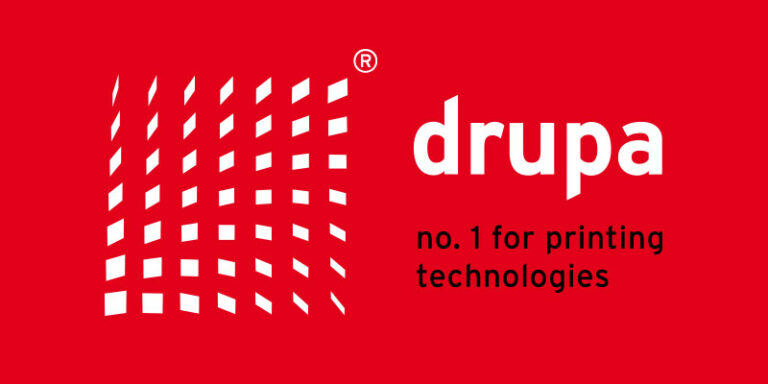When is the last time you thought about packaging from a large-scale perspective? Almost everything we buy, from a simple bag of flour to the box your cell phone came in is branded in packaging. We might not realize it, but which brands we decide to purchase have a great deal to do with the packaging it is wrapped in.
Scientists are still trying to unlock the mystery of the human brain. According to the Society of Neuroscience, the brain not only controls the entire nervous system, our health, and body, but it “shapes our thoughts, beliefs, hopes, dreams, and imaginations” as well (read more). When it comes to packaging what we see and what we feel creates experiences that directly affects the brain. It is this that the brain experiences that often becomes the basis of the consumers’ buying decisions. How exactly does packaging affect the brain?
Through sight
There are many ways that packaging provokes emotions in people. Visually speaking, packaging design can tell a story, likely through imagery, which resurfaces memories or connections in the brain that is close to heart. A cozy log cabin on the front of a maple syrup bottle for example, provokes feelings of comfort.


Color, too, has an important relationship with how a consumer perceives a given product. Colors evoke emotional responses. If you are packaging a peaceful Zen garden in bright red packaging it might dispel potential customers due to the color red being associated with passion while a Zen garden should promote feelings of tranquility. When the emotional centers of our brain are stimulated, it evokes feelings of pleasure or pain. As a result people will subconsciously perceive a product as being a positive or negative experience and ultimately it is that experience that will effect their buying behaviors the most.
Through touch
 The same can be said for touch. Is the packaging smooth or soft? Who is your audience? What is your product? All these things work together to create the ultimate experience in the mind of the consumer. Similarly, a study released by Sappi North America titled A Communicator’s Guide to the Neuroscience of Touch refers to touch as being an extension of the brain. Creating textured surfaces on your packaging creates the multi-sensory experience that consumers crave. It could be the one thing that sets your product apart from the rest.
The same can be said for touch. Is the packaging smooth or soft? Who is your audience? What is your product? All these things work together to create the ultimate experience in the mind of the consumer. Similarly, a study released by Sappi North America titled A Communicator’s Guide to the Neuroscience of Touch refers to touch as being an extension of the brain. Creating textured surfaces on your packaging creates the multi-sensory experience that consumers crave. It could be the one thing that sets your product apart from the rest.
Through shape and aesthetics
 Shape and size also play significant roles in what consumers assume about a product. Slimmer packaging, for example, can be perceived as healthier or more elegant, while larger packages might make consumers feel as though they’re getting a better deal. Choosing the right shape for your product is another method of brand messaging. Slimmer cans for pop create the air of healthiness. What message do you want to send to your consumer?
Shape and size also play significant roles in what consumers assume about a product. Slimmer packaging, for example, can be perceived as healthier or more elegant, while larger packages might make consumers feel as though they’re getting a better deal. Choosing the right shape for your product is another method of brand messaging. Slimmer cans for pop create the air of healthiness. What message do you want to send to your consumer?
With billions of products lining the shelves of every store, creating innovative packaging for your product is more important now than it ever has been before. Advanced technologies and breakthroughs in printing have made this possible for manufacturers and retailers across the globe. Click here to see how you can get your product packaging Scodified!
